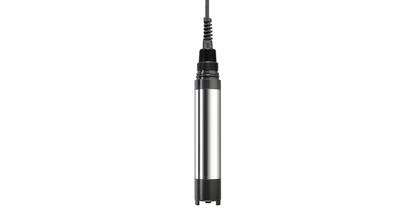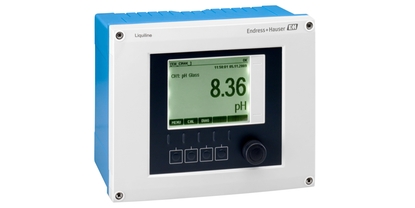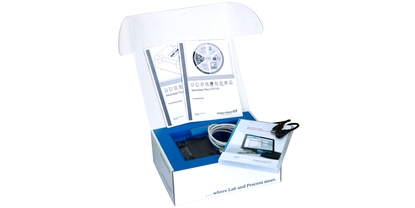Memosens sensors save time, improve accuracy and lower costs
Measuring the pH value and dissolved oxygen (DO) content of water levels at DS Smith
DS Smith is a leading provider of corrugated packaging in Europe. Its paper division operates 10 mills, producing around 2.8 million tonnes of corrugated case materials and specialist industrial products annually, with the majority of products converted into board and boxes for packaging. DS Smith's UK paper mill, Kemsley, was built in 1924 and is the second biggest recovered fibre-based paper operation in Europe.
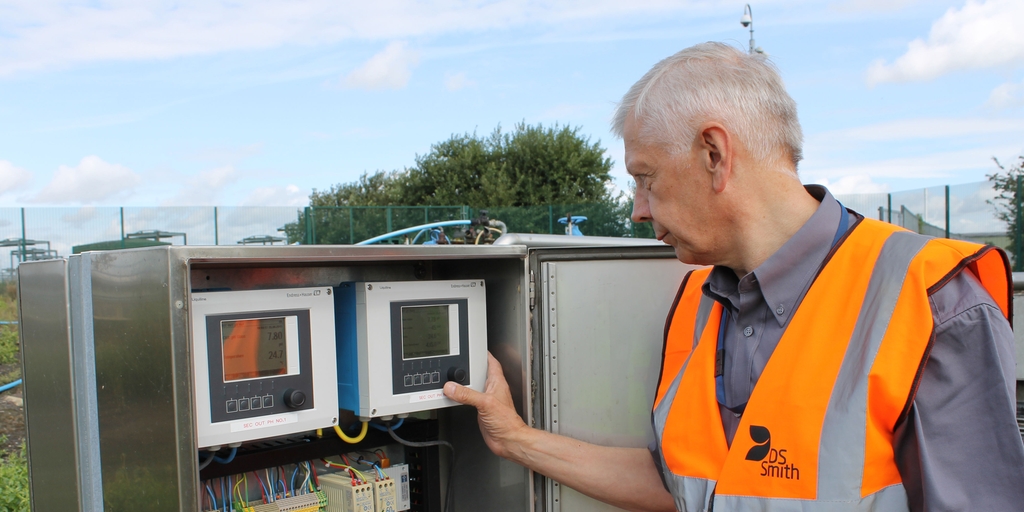
Memosens digital sensors save time, improve accuracy and lower costs for DS Smith
A wealth of benefits from going digital!
Improved measurement accuracy without increased cost.
Memosens sensors can be pre-calibrated and simply replaced in the field, cutting the time spent at difficult-to-access measuring points.
Memosens technology offers non-contact transmission of the measured value from the sensor to the transmitter so that the problems of corrosion, leaks and measured value distortion from moisture are avoided.
In order to protect the environment and ensure compliance with regulations, DS Smith's Kemsley Mill in Sittingbourne, Kent, has to closely monitor the wastewater that it discharges into the Swale estuary. This includes measuring the pH value and dissolved oxygen (DO) content of the water to ensure the levels are kept within strict parameters. In the past, maintaining the analytical instruments delivering these crucial measurements had been a time-consuming and laborious process.
DO and pH measurement
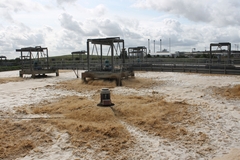
The DO measurement takes place in the middle of a lagoon where the site's waste effluent is reoxygenated before being transferred to settlement tanks and discharged into the river. For health and safety reasons, any work at the lagoon has to be carried out by two people, making the on-site calibration of sensors a labour-intensive task. "It was a waste of resources," explains Ian Castle, DS Smith Kemsley's Instrumentation & Electrical Control Support Engineer.
"You could be out there for 2½ hours per instrument. We wanted to see if we could work in the lab and cut the time spent at the lagoon." The same thoughts applied to pH sensors as calibrating in the field was inconvenient and time-consuming. "You'd be sitting in the middle of nowhere trying to stick probes in buffer solution," remembers Ian Castle. "You had to hope the probe would stay in the beaker & that the calibration slope was OK, otherwise you'd have to put a new probe in & start again."
A great solution in Memosens digital sensors
With Memosens digital sensors, all operation and calibration data is stored in the head of the sensor. They can be pre-calibrated and simply replaced in the field, cutting the time spent at difficult-to-access measuring points. Because each sensor holds its calibration data, the sensors can be rotated periodically, keeping the freshest sensor in the process while the other is cleaned, calibrated and allowed to rejuvenate in the lab or workshop.
The benefits of going digital!
And as Memosens technology offers non-contact transmission of the measured value from the sensor to the transmitter, the problems of corrosion, leaks and measured value distortion from moisture are avoided. Convinced of the benefits, DS Smith replaced all of its pH sensors used in the effluent treatment process with Memosens sensors and is now trialling the introduction of Memosens sensors for dissolved oxygen.
Efficiency gains
According to Ian Castle, the main benefit has been the efficiency gains. “With the other manufacturer's pH probes it took perhaps an hour to clean and calibrate them," he says. "Now I can do this in the lab, in a nice clean location, using the Memobase Plus software. It takes me a few minutes to change the probes on site and the job is done. It saves an awful lot of time, it really does."
Improved accuracy
The accuracy of the measurement has also improved, proven by the readings given by the two pH transmitters required for regulatory purposes. "The two meters correlate very closely to one another, within about 0.02 pH," explains Ian Castle. "Our measurement didn't used to be as accurate as that. It's probably because we're now able to calibrate in a much more controlled environment."
Reduced operating costs
The improved performance hasn't cost the company any more – in fact, operating costs have gone down because a more common, cheaper buffer solution can be used and the sensors last longer. "The Memosens sensors cost about the same as the old ones but I'm not having to buy new ones all the time," confirms Ian Castle.
MCERTS compliance
A big advantage for DS Smith is that Endress+Hauser's Liquiline transmitter and Memosens pH sensor have MCERTS certification from the Environment Agency. Complying with MCERTS gives the regulators confidence that a company is monitoring its emissions. The Memobase Plus software used to calibrate the sensors also helps with compliance as all calibration records are stored digitally. "That was another big plus," says Ian Castle. "I've a record of all calibrations should the EA want to look."
-
Standard products
- Reliable, robust and low-maintenance
Technical excellence
Simplicity
-
Specialized products
- Designed for demanding applications
Technical excellence
Simplicity
Variable
| FLEX selections | Technical excellence | Simplicity |
|---|---|---|
Fundamental selection Meet your basic measurement needs |
Technical excellence
|
Simplicity
|
Lean selection Handle your core processes easily |
Technical excellence
|
Simplicity
|
Extended selection Optimize your processes with innovative technologies |
Technical excellence
|
Simplicity
|
Xpert selection Master your most challenging applications |
Technical excellence
|
Simplicity
Variable |


